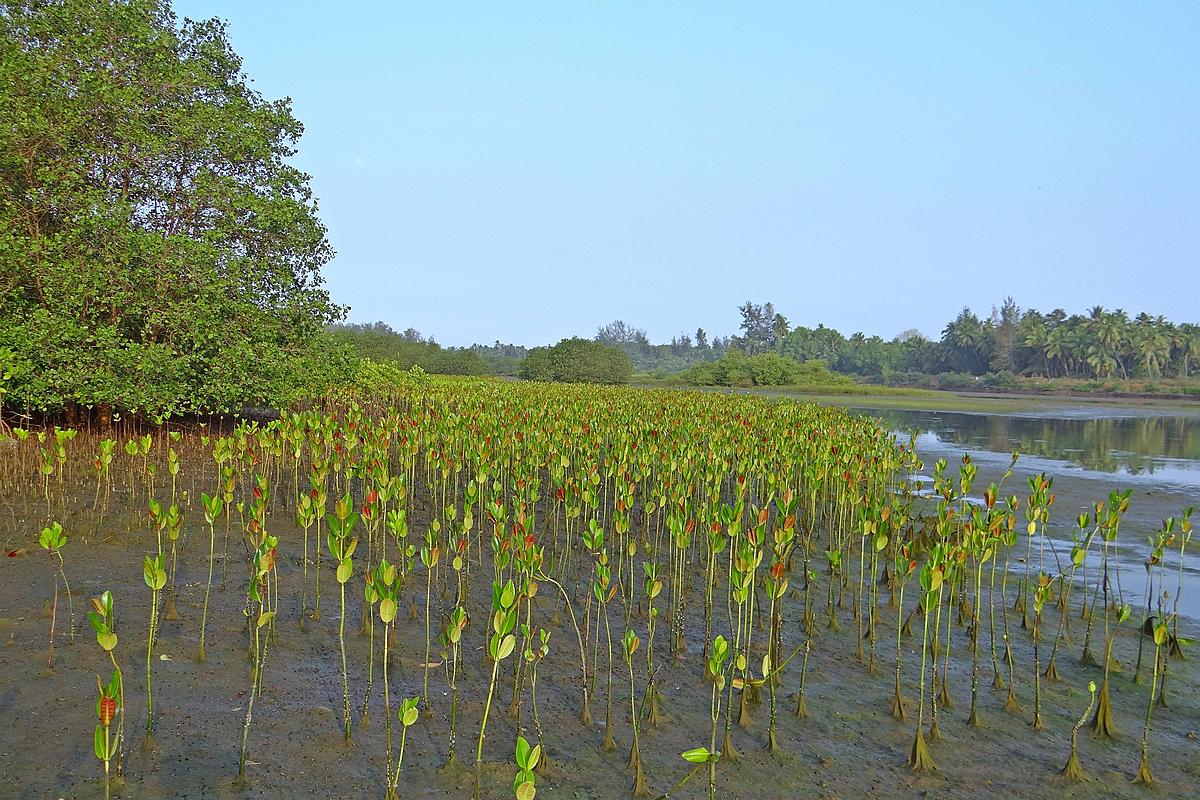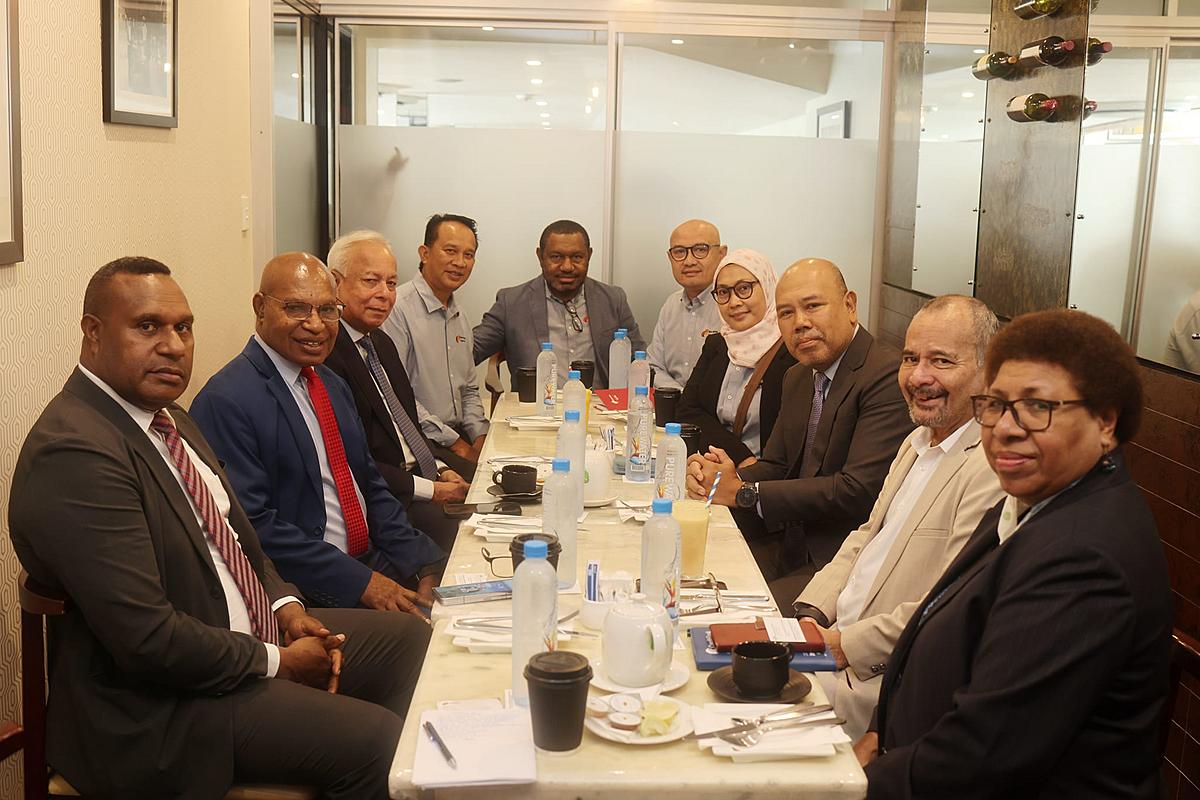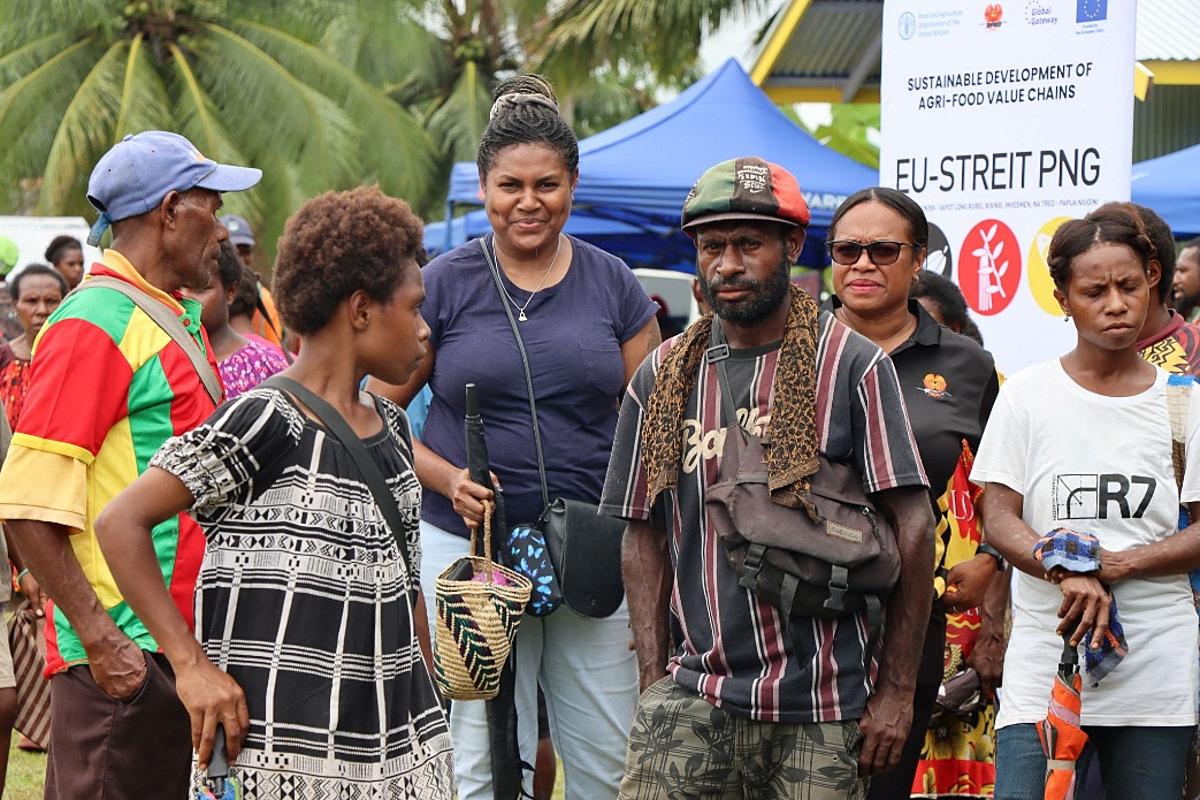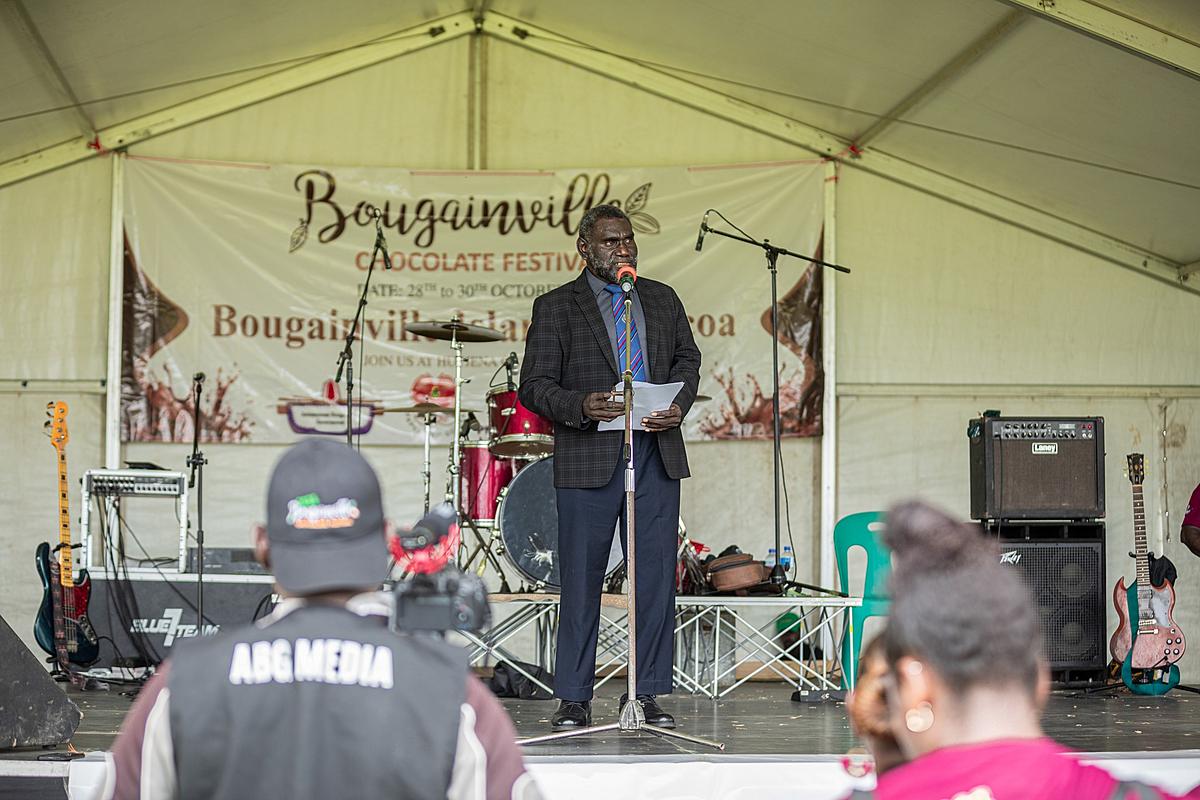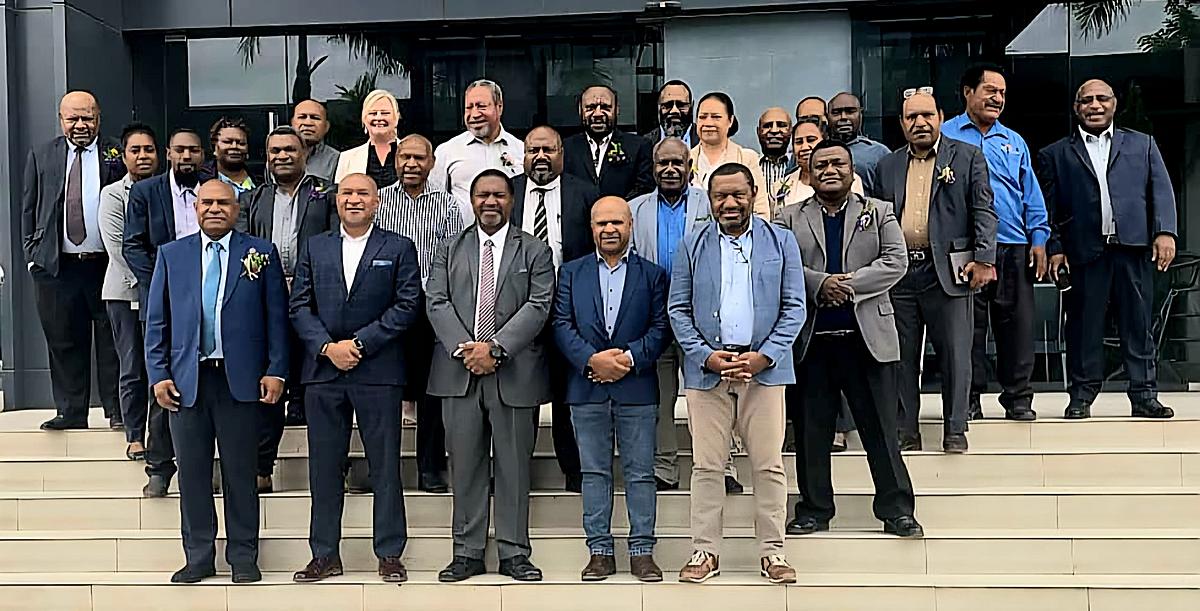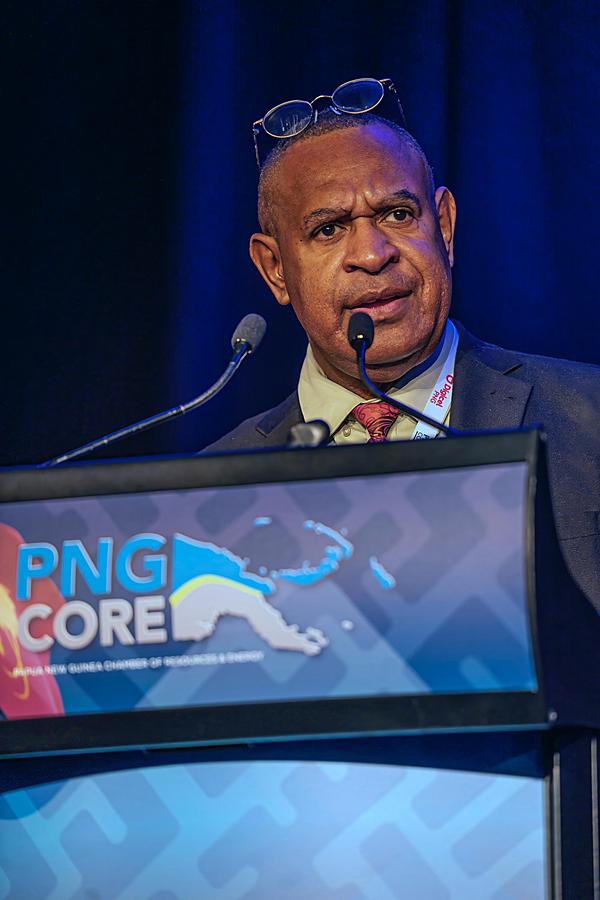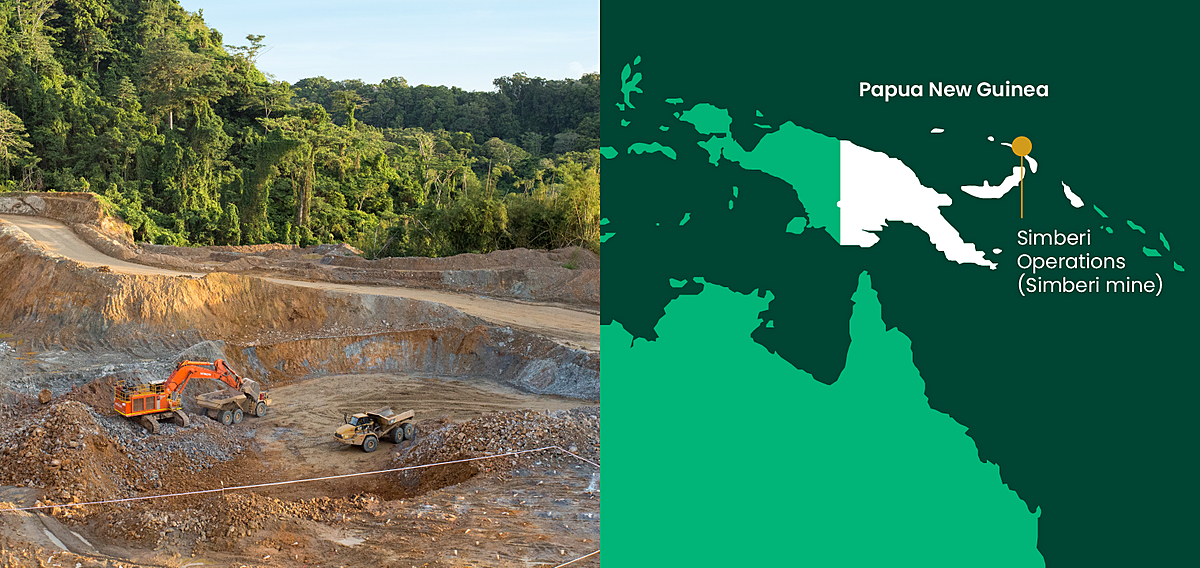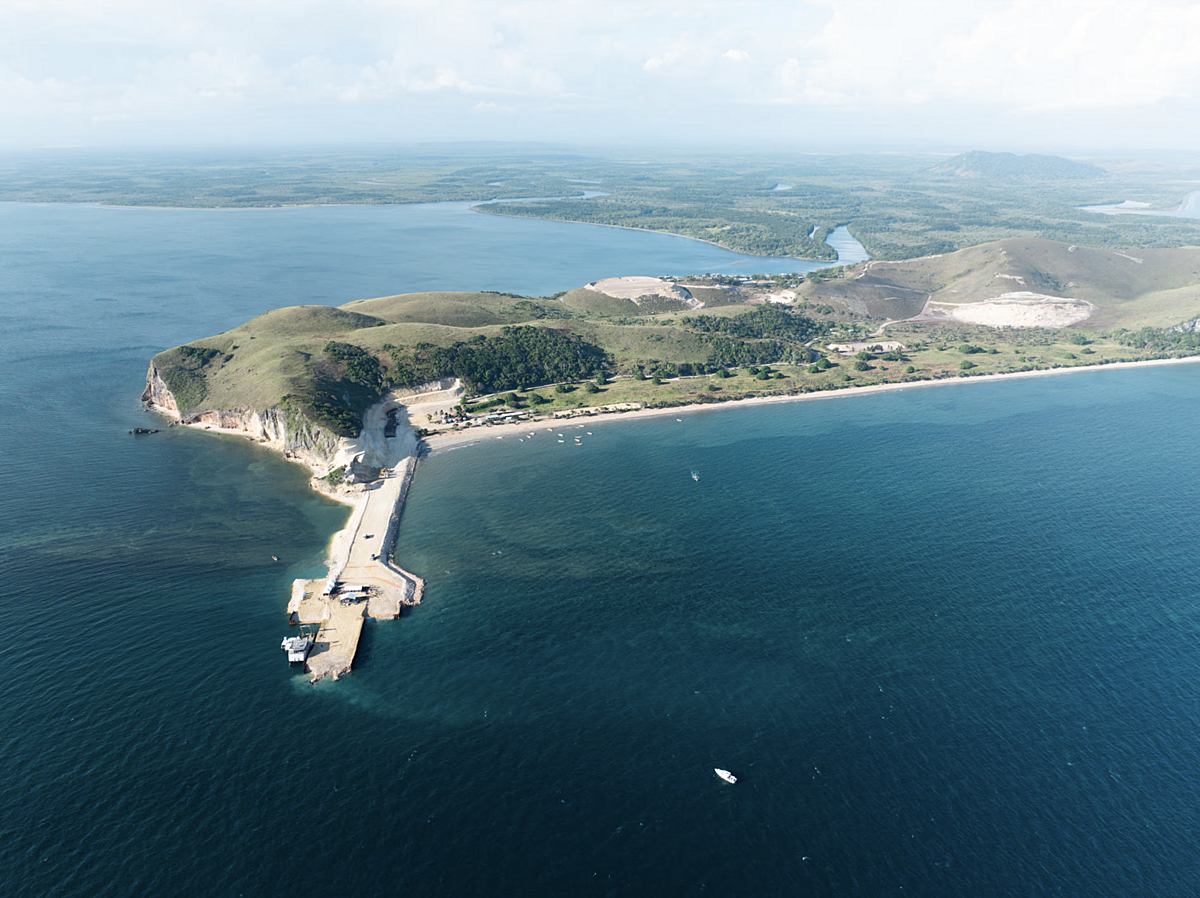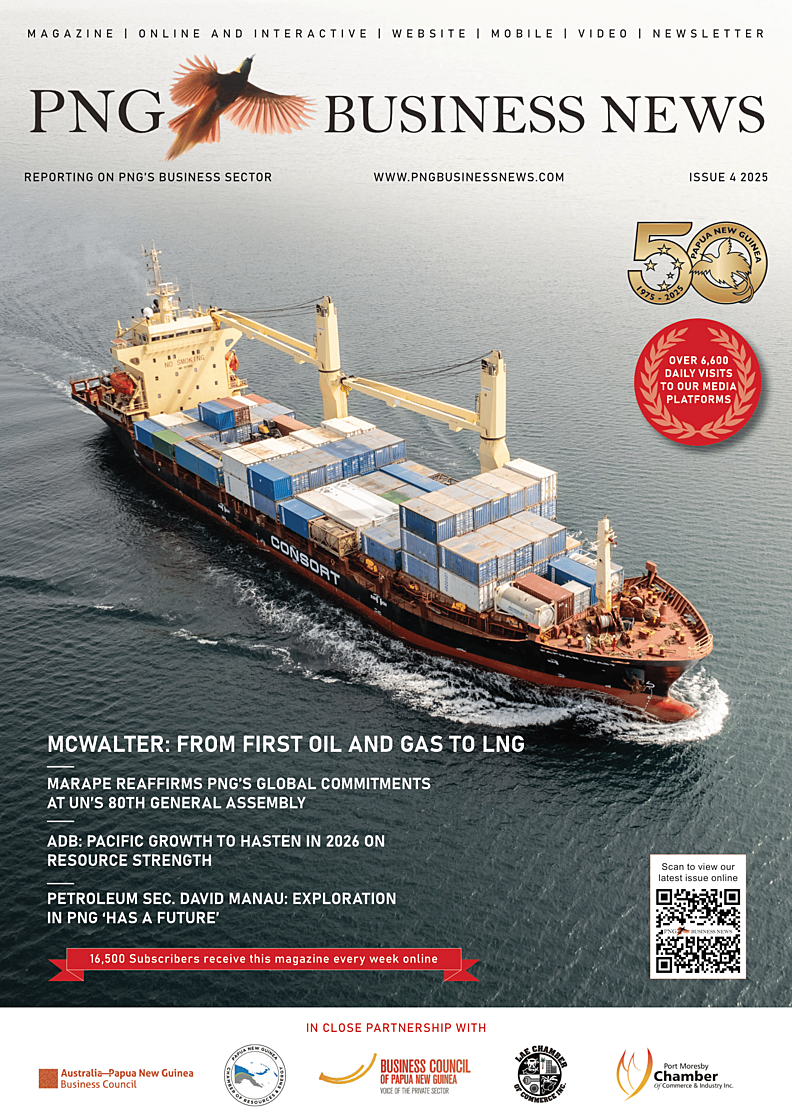Mangrove seedlings [Photo credit: Sarangib, from Pixabay]
In celebration of World Environment Day last June, there were 600 school children who took part in planting 700 mangrove seeds along the coastline of Riwo, Madang Province. The celebration's theme for this year is "Ecosystem Restoration".
The mangrove planting activity was made possible through the Child-Focus Disaster Risk Reduction (CFDRR) project. The project aims to bring awareness to children the importance of mangrove in protecting the environment along the coastlines. The roots of the mangroves sustain life in the aquatic ecosystem by providing safe shelter and breeding area for some species of fish.
CFDRR is a key long-term strategy for sustainable and resilient development to ensure that the future generations can cope with climate change. CFDRR programs and projects are implemented in various countries and adopted by UNICEF as well.
According to Dehaan Lapawe, project coordinator of CFDRR, "Mangrove trees in swampy or coastal areas provide a safe and rich habitat for different fish stocks to rest, feed, recover and breed. Fish bring protein and income for families."[1]
Lapawe emphasised that matured mangrove trees also provide shelter for birds and other animals. Moreover, mangroves reduce the effect of waves from the body of water, therefore, preventing soil erosion. He also mentioned that mangrove seeds can also serve as a food source in some parts of Papua New Guinea.
"This is one way to be disaster ready. The community must continue this initiative to reduce soil erosion and help protect their schools and community."
The CFDRR project in Riwo village is a project of World Vision, in partnership with Madang Provincial Disaster office. It is funded by the Australian government through the Australian Humanitarian Partnership (AHP).
With regards to the brewing effects of climate change, the study and research titled "Beyond Barriers: Integrating disaster risk reduction and climate change adaptation in the Pacific" (July 2021) reports and verifies that climate change results in rising sea level. If this increase in sea level intensifies through time, it will cause other major environmental problems like soil erosion and further damages to the environment. “Beyond Barriers…” is a study and research by Jessica McCommon, Jessica Lees (Humanitarian Advisory Group), Cedric Hoebreck (World Vision Australia), and Linda Vaike (Independent Consultant).[2]
According to Humanitarian Advisory Group, who featured the transcript of “Beyond Barriers” and described its findings and purpose, “The case for integrating disaster risk reduction (DRR) and climate change adaptation (CCA) to minimise loss and damage, reduce vulnerability and enhance resilience continues to grow. This is against a backdrop of increasing frequency and severity of disasters worldwide and the recognition that, at the community level, the distinction between DRR and CCA is artificial.”
“Linkages between the two policy fields, coming belatedly to communities’ holistic understandings of what is driving their exposure to risk and how to manage it, have driven researchers, policymakers and practitioners to consider how to more closely align approaches to produce better outcomes for crisis-affected populations.”
“The case has been made in academic and practitioner literature, agency reports and emerging policies, yet what it means from a community perspective to integrate DRR and CCA has received little research attention.”[2]
To address the potential environmental damages of climate change in the future, this CFDRR project aims to prevent and counter climate change impacts "through climate change adaptation and disaster risk reduction”. In this initiative, they chose to focus on children whom they consider “the most vulnerable”. [1]
According to Sixtus Balen, head teacher of Malmal Primary School, the initiative of CFDRR is "timely" because the rising sea level due to climate change and strong sea surges are inevitable forces of nature, and that the people in the community are vulnerable to those occurrences. He also mentioned smaller and low-lying islands are disappearing and now the mainland is exposed to destructive soil erosion.
Balen stated, "Mangrove trees in Riwo and Malmal swamps and coastal areas were cut and used by locals for building houses, fuel-wood, making canoes and other artefacts of cultural importance over time. Unfortunately, no replacement has been made."[1]
He also noted that mangroves are essential "as a buffer to protect the shoreline and [will provide] a breeding site for fish". Such knowledge on the mangrove’s importance might is new for most students. Thus, he thanked World Visions CFDRR project for this mangrove planting initiative which brought deeper environmental education and awareness for the youth.
From an article by Papua New Guinea Post-Courier, Madang Provincial Government's disaster manager, Rudolph Mongallee, expressed that "his office cannot perform as it should to counter the impacts of climate change and disaster preparedness within the province because of reasons beyond his control."[1]
He did mention that the ongoing partnership with World Vision is "peaceful and cordial" and he is very supportive of the initiative. Mongallee stated, "I'm only wishing that if World Vision can extend to the other six districts, because those districts that World Vision has already entered, I see that they're already disaster prepared."
The young students who took part in the mangrove planting also expressed their commitment to look after the mangrove seedling and appreciation that such initiative gave them a chance to directly look after their local marine ecosystem.
One of the students named Stephanie said, “Planting mangrove is important because it can protect us from rising sea levels and be a home for small fish to breed.” Another student, Benedict, said “I will look after my tree and my village and school.”
The future looks bright with the young generation taking an active part in addressing the adverse effects of climate change. All it takes are consistent and well-planned steps like this mangrove planting initiative which was organised by World Vision and other partners.
-----
Reference:
[1] (20 Sept. 2021) Papua New Guinea Post-Courier website. "Children Plant Mangroves To Address Climate Change". Retrieved from - https://postcourier.com.pg/children-plant-mangroves-to-address-climate-change/
[2] McCommon, Jessica; Lees, Jessica; et al. (July 2021). “Beyond Barriers: Integrating disaster risk reduction and climate change adaptation int he Pacific"
Retrieved from - https://humanitarianadvisorygroup.org/insight/beyond-barriers-integrating-disaster-risk-reduction-and-climate-change-adaptation-in-the-pacific/
Photo credit: sarangib, Pixabay - https://pixabay.com/photos/mangrove-seedlings-plantation-creek-249920/

